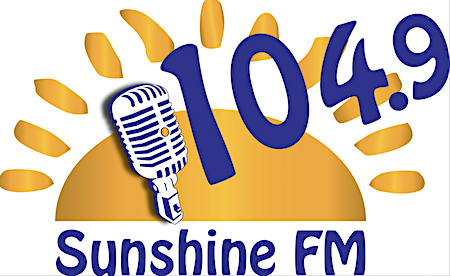One on One with John Rowland
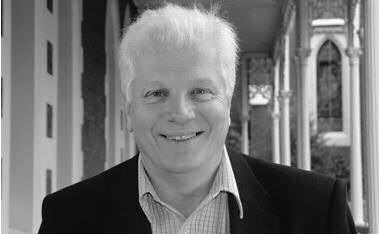
John Rowland is the founder of one of the most successful radio post production studios in Australia.
He crafted his skills in fast paced comedy broadcast radio and television, working alongside talent such as Griff Rhys-Jones & Mel Smith (Smith and Jones), Terry Jones, Graham Chapman, Eric Idle & Terry Gilliam (Monty Python), Rowan Atkinson, Harry Secombe & Spike Milligan (The Goons), The Goodies, most of the Fawlty Towers cast, and many other comic and dramatic actors over the years.
From working with some of the best comedy and theatrical talent in the world John learnt not only ‘how’ to direct and get the best out of talent in a studio, but also some clever and basic ‘tricks’ to get that special read out of people, no matter their experience.
In an era where more and more recordings are done in a remote environment, direction is imperative. How we do it might be changing, why we should be doing it has not.
Daryl: John thanks for taking some time to share your recording wisdom with us … You have worked with some of the most talented voice people on the planet, can you give us your top 3 talent and ‘why’ you loved working with them/what special attributes they brought to the studio?
John: Thanks Daz, it’s a pleasure. Yes, I have been very privileged to work with some of the people I have. Over my 30+ year career I’ve worked with a few, so it’s hard to narrow it down to just three top people. Obviously the easiest thing would be to drop a name and think of someone famous because it was great fun to meet them, but I don’t think that’s what you’re asking. You’re talking about people at the top of their craft, right?
Daryl: Ha, well yes, let’s keep it to the craft toppers …
John: It’s interesting to think about that. Some people are actors, some are voice overs, while others are voice ‘artistes’. The last category to me is the most interesting because you get something which is usually different from how that person looks and often can be quite off the wall. Casting against type or look always fascinates me.
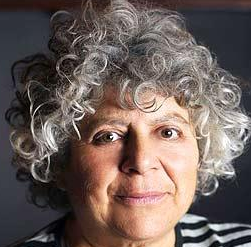 The best I ever worked with was a top voice over in London called David Tate. (Now gone to God, alas.) He was truly amazing. His voice showreel had no less than 50 voices on it and you’d never know that it was all one man. All separate characters, each not only with a different voice but different rhythms, speech patterns, impediments and accents (all totally authentic from virtually anywhere in the world). Not just a guy putting on a voice but a genuine genius of the voice, all based on characters. And this is the key to it. Not just voices but characters.
The best I ever worked with was a top voice over in London called David Tate. (Now gone to God, alas.) He was truly amazing. His voice showreel had no less than 50 voices on it and you’d never know that it was all one man. All separate characters, each not only with a different voice but different rhythms, speech patterns, impediments and accents (all totally authentic from virtually anywhere in the world). Not just a guy putting on a voice but a genuine genius of the voice, all based on characters. And this is the key to it. Not just voices but characters.
As for females, the same would be true of Miriam Margolyes (right). Miriam is now known more as a film actress and now spends a lot of time here in Australia, but her voice work, like David Tate, is sublime. Such a skill.
They are both forever my heroes.
Daryl: Fantastic! Let’s change gears and help give some insight and tips to creative writers, audio people, producers and others. You know the recording process intimately, what common issues arise when recording voice talent and what tips or tricks do you have to get around those issues?
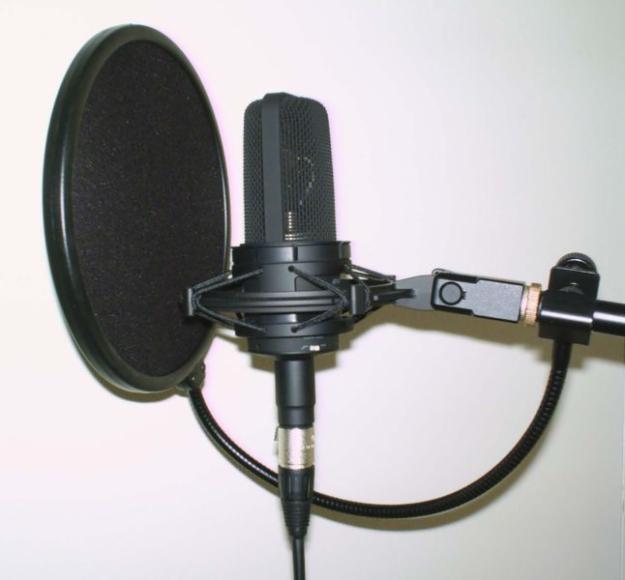 John: I guess the three main issues in a session that immediately come to mind are the 3 Ps: popping, pronunciation, posture.
John: I guess the three main issues in a session that immediately come to mind are the 3 Ps: popping, pronunciation, posture.
Popping is easy to solve. Use a good wind filter (‘popper stopper’) or if still having trouble raise the mic stand a little and tilt down to point at the bridge of the nose rather than the mouth. That almost always fixes it.
Pronunciation. Best to know how it should be said or know who to call if you get into trouble. There are some words which always grate but are common use … Kilometer (kilo-metre is correct, as in milli-meter) and others where you can either check for correctness or go with the most common use. But nothing sounds more half hearted than words mispronounced.
Posture. Now this is an interesting one. I once did a voice over with a man, a seasoned V.O who only ever did hard sell. You know, one hand up to his ear and pointing vigorously with the other to emphasise every point on the script and 200 words per 30 seconds. But he had a great voice capable of much more. Try as I might it seemed impossible to settle him down to sound like he was just talking. Eventually I asked him to put both his hands in his pockets. He looked at me like I was an idiot and said he couldn’t work that way. But he did and it changed everything. Alter the environment, take away his ‘punctuating finger’ and it just comes out sounding different. If you’re not getting what you want – especially intimate reads – try sitting the talent down or even lying them down. If it’s a ‘bedroom scene’ bring in a blanket from home and create the scene. Actors love that and will usually give a totally different performance.
Another thing to try is adjusting the headphone level. Sometimes people hit it a bit hard, so finding the right headphone level for them can help them not to project beyond the tip of the mic. Just little things but they do alter the performance.
Daryl: Can you talk through your views on the increasing access to remote voice people, whether they be around the corner, or around the world?
John: It is incredible what can be done so easily. Once we had to book a broadcast line through Telstra or even satellites for international stuff. Then it was ISDN. Now all you need is a phone line and Skype. I think it’s fantastic having instant access to people from everywhere. The downside is that people nowadays tend to take it for granted and treat voice overs a little like ordering fast food. They fire off a script with the note. “One of those please!” Not a good way to break new creative ground.
The thing is, being in the same room is always better if you want something different, something special. It’s about building a rapport. Creating a relationship with an actor (albeit a brief one) will always create a better understanding and therefore a better take. If that’s not possible try and work with visual contact. Spend a few minutes at the beginning of a session chatting and getting to know each other (whether you’re in the same room or not). If an actor feels you know what you’re doing or, at least that you’re wanting the best, they will almost always help. So talk it through first, tell them what you’re after. Building relationships is important.
Daryl: So many audio people are let down by their lack of ability to ‘direct talent’ in studio, to these people what are your top 3 tips for improving their directing process instantly?
John: Try to have a clear picture of what you want.
Try not to make it up as you go along, go in with an idea. Actors like to be told what to think rather than be given a line reading.
Talk them through the end game. If you can explain what’s going on around them when it’s mixed they may offer a different way of presenting it. Actors love to be involved with the whole process. Be receptive to their input, but never settle for something less than what you want.
Remember that some people you direct, others you edit. Try to know the difference. An over directed ad (particularly with a famous person) will get them off side and so they try less.
Above all remember these people are not your enemy and need encouragement. Treat them with respect and they will go out of their way for you.
Daryl: Who would you love to work with in studio that you have not had the chance to so far?
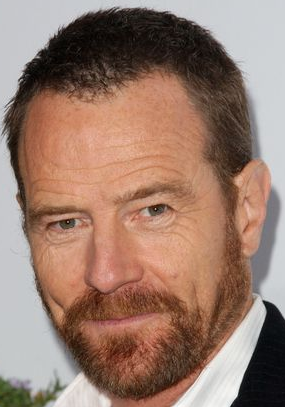 John: This is a very hard one. There are so many reasons for wanting to work with someone. I think it’s about choosing people who offer something different and who enjoy that process. There are people I see who, although known for their dramatic skills, clearly have a bit of mischief or ‘wicked’ to them when interviewed. These are always interesting to me.
John: This is a very hard one. There are so many reasons for wanting to work with someone. I think it’s about choosing people who offer something different and who enjoy that process. There are people I see who, although known for their dramatic skills, clearly have a bit of mischief or ‘wicked’ to them when interviewed. These are always interesting to me.
I think one of the best voices I’ve ever heard (apart from James Earl Jones – Darth Vader) is Bryan Cranston (left). If you’ve seen Breaking Bad you’ll know just what I mean. And apart from that fantastic voice and his comedic ability his acting skills are quite magnificent. In his quiet performances his approach is so delicate you shut your eyes and almost hear when he raises his eyebrows. To me he is very special.
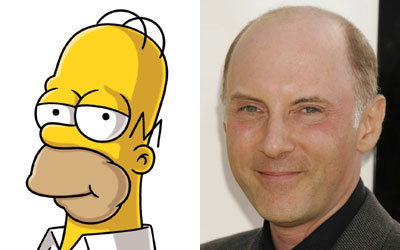 On a different note, Dan Castelanetta – Homer Simpson and so many others. I love the back stories that go into each character he creates with his voice. There are many more I’m sure.
On a different note, Dan Castelanetta – Homer Simpson and so many others. I love the back stories that go into each character he creates with his voice. There are many more I’m sure.
Daryl: Let me flip the coin and now ask you what message you have to voice talent, professional or otherwise, when turning up for a radio recording session?
John: OK. Let me think……Always be on time.
Keep your ‘warm up’ to about 5 mins then get into it. (The warm up time is the meet and greet and the joke telling that we all do to get everyone to the same temperature.)
Always remember, it’s a job of work not a comedy spot so know when to get down to business.
It’s all very well to rehearse it in the bathroom before hand but be sure to listen to direction. Sometimes the producer knows exactly what he/she wants, other times they want something offered up and then to shape it. Sometimes the best brief is to hear what we DON’T want. Be attentive and adaptable.
When the session is over, know when to leave. It may seem like it’s a fun place to be and that you’re welcome to stay but chances are people want to get on with the mix.
Once they’re all happy it’s best to go.
Daryl: John Rowland, on behalf of everyone reading this, thank you for your time, honesty and wisdom.
John is head of ROWLAND MEDIA PRODUCTIONS, a full service film/video company that specialises in documentaries and promotional films for the corporate and not-for-profit market. With his strong background in broadcast media, John is also available to radio stations for in-house sales videos or content videos for online. www.rowlands.com.au
